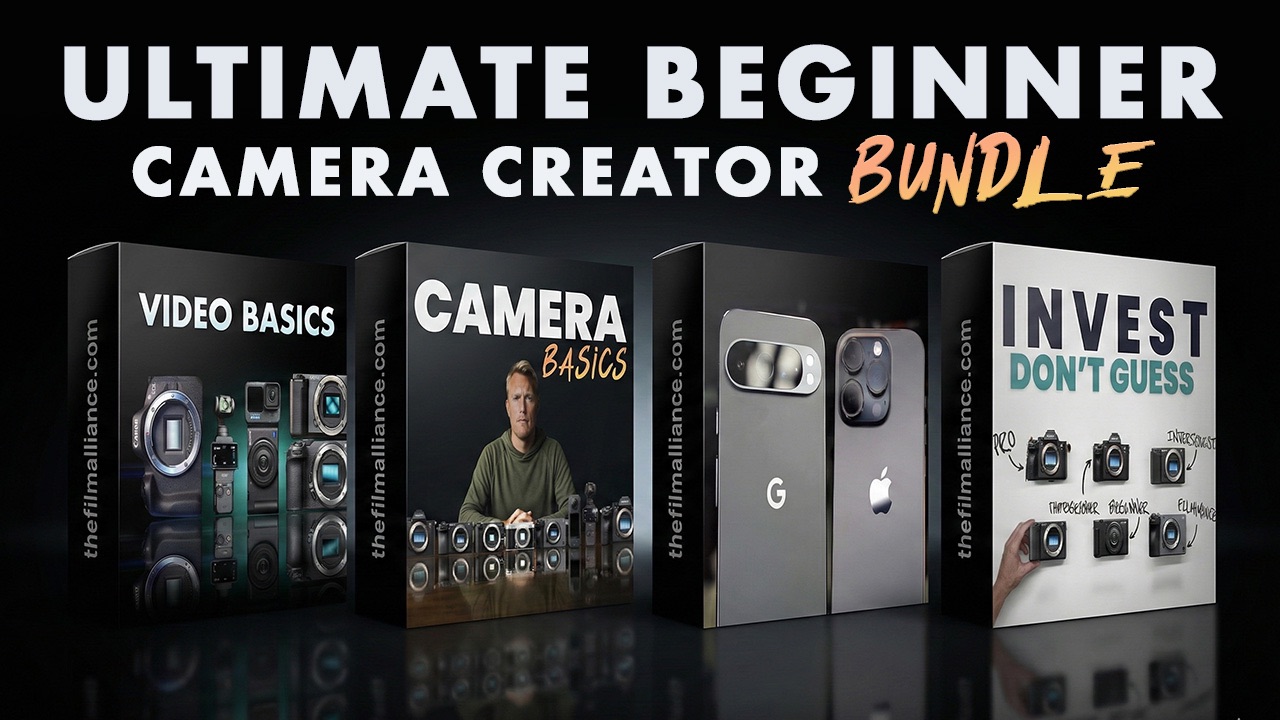
Canon PowerShot V1 vs iPhone 16 Pro
Jul 08, 2025Get the full story by watching the video above ⬆️
The Canon PowerShot V1 is marketed as a powerful camera built for content creators—but in an age where smartphones are increasingly becoming the go-to for video and photography, it's fair to ask: is it still worth buying a standalone camera? To find out, I put the PowerShot V1 head-to-head with the iPhone 16 Pro in a series of real-world content creation tests. From talking head interviews to outdoor photography and log footage comparisons, I wanted to see which one held up better across a range of scenarios.
Also here you can find the FREE PROJECT FILES for both cameras so you can dive in and explore for yourself. If you're still on the fence after you read this blog, you can take my free "Which Camera Should I Buy?" quiz.
We kick things off with a blind test. I shot the same scenes with both cameras, including an overhead talking head setup, and asked viewers to guess which camera was used for each shot. In the overhead configuration, I found that Camera A (the PowerShot V1) delivered more realistic skin tones. That theme continued across several test environments—especially in studio-lit, interior talking head shots where the iPhone's skin tones looked overly smooth or processed.

When I switched to log profiles on both cameras, the differences became more apparent. After grading the footage in post, the iPhone’s Apple Log retained more highlight and shadow detail with less noise, especially in outdoor scenes. The Canon, on the other hand, showed more noise in skies and shadow areas, though its color grading flexibility wasn’t too far behind.
Lens flares were another interesting area. The PowerShot handled flares with more control thanks to its larger optics, whereas the iPhone, with its compact lens, struggled to avoid reflections—particularly in golden hour light. In green screen tests, the iPhone surprisingly held more natural colors. The PowerShot tended to oversaturate, which only became noticeable after removing the green background.
One of the standout differences was skin tone rendering. The Canon PowerShot V1 consistently produced more natural, lifelike tones, particularly in low-light or studio setups. The iPhone’s smoothing effect often made faces look plasticky. However, in well-lit outdoor scenes, the iPhone held its own. It also adapted much faster to exposure changes, like transitioning between sunlight and shadow, which makes it great for on-the-go creators.

In low-light conditions, the PowerShot V1 outperformed the iPhone. Even at ISO 4000, it preserved facial and background detail better, while the iPhone footage became muddy and lost clarity. In backlit shots, the PowerShot again edged out with slightly more shadow detail, although the difference was marginal.
For stabilization, the iPhone 16 Pro came out on top. Its footage looked like it was shot on a gimbal, despite being handheld, which could be a big plus for vloggers and run-and-gun shooters.
Color rendering also varied across different environments. In forest scenes, the iPhone leaned into brighter, more saturated greens and lifted highlights and midtones. The Canon kept things darker and a bit more contrasty, especially in shots of logs and foliage. During a timelapse test, the PowerShot overexposed the sky but captured more water detail, while the iPhone balanced exposure better but lacked texture.

I also tested the onboard microphones in outdoor and indoor environments. I encourage you to listen for yourself in the video to decide which audio profile suits your needs.
In photography comparisons, the iPhone frequently surprised me. It captured more detail in some shots and delivered more realistic colors in scenes like the burning log and lake view. Its 48MP sensor gave it a slight edge in overall sharpness. However, the Canon consistently offered more background blur and a more cinematic feel in portrait shots.
In macro and product photography tests—like shooting an old Kodak camera—the PowerShot V1 showed off its strength with more background separation and pleasing color. The iPhone had more vibrant midtones but occasionally felt too punchy.

Design-wise, I prefer the Canon's body. It offers a better grip and physical controls, which are invaluable when shooting manually. It also has multiple ports: headphone, mic, HDMI out, and USB-C for charging or livestreaming. The iPhone, while sleek and simple, only offers one USB-C port and limited manual controls.
Ultimately, choosing between the Canon PowerShot V1 and the iPhone 16 Pro depends on what matters most to you as a creator. The iPhone is an incredibly powerful tool for quick, sharp content with excellent stabilization and minimal setup. But if you're after better skin tones, more manual control, and a classic camera experience, the PowerShot V1 is hard to beat.

Both are solid options—but if cinematic quality, realistic colors, and flexibility are your priorities, the PowerShot V1 might just be the better fit.
If you'd like to download and grade the footage yourself, I’ve put together a free project file with everything I shot. You can find the link in the description. And if you want to support the channel, check out my Film Look LUTs—also linked below.



